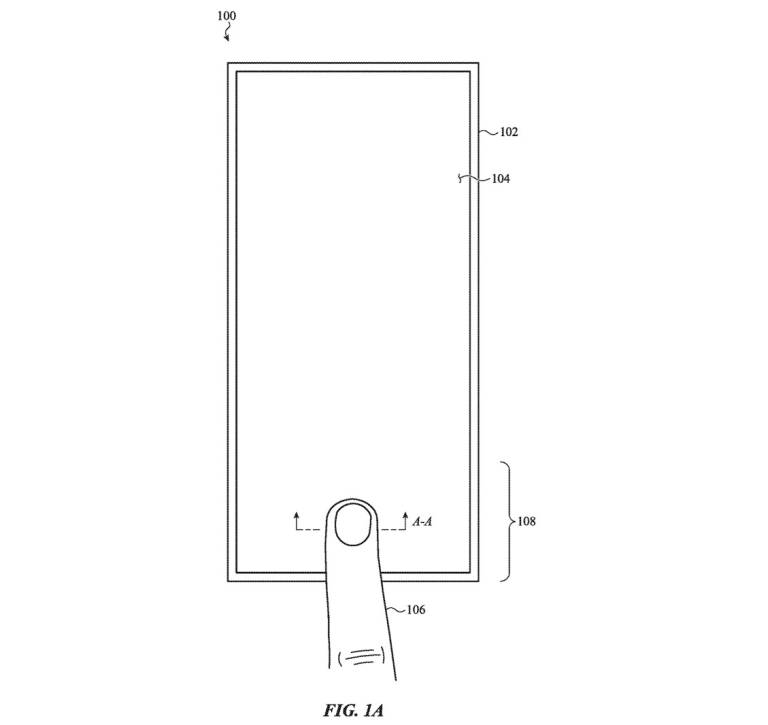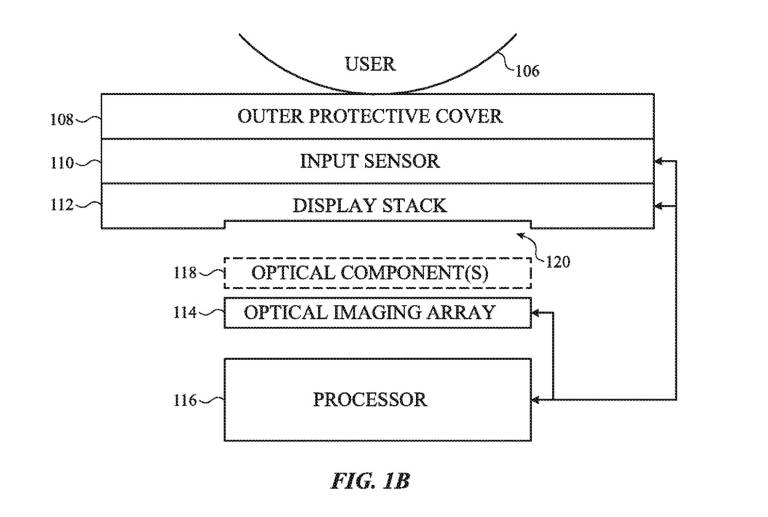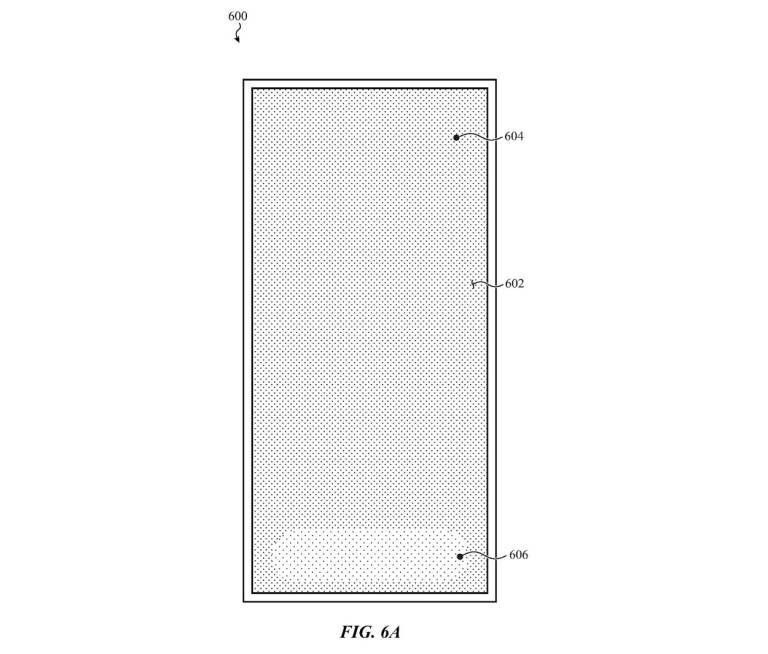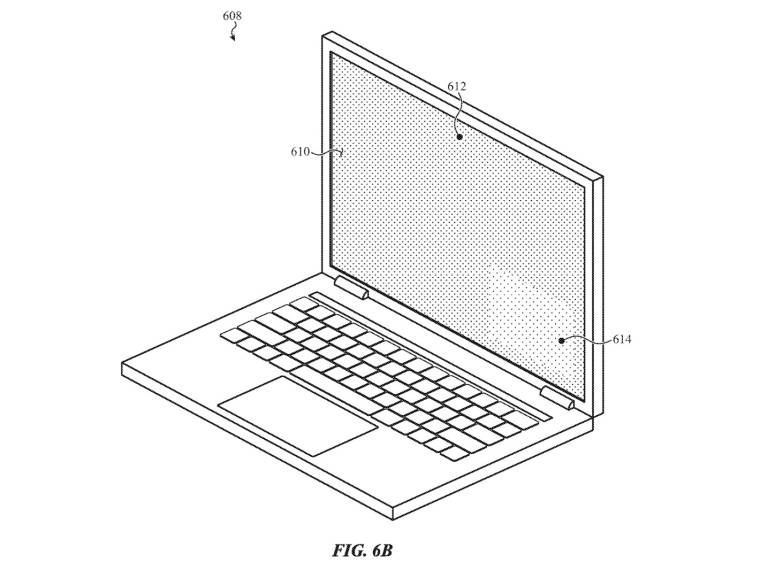The iPhone 13 will be the first iPhone to feature a smaller notch than that of the iPhone X. At least, that will be the case if leakers have been getting accurate information. The infamous iPhone notch will remain in place for at least another year. Apple ultimately wants to eliminate it, but that doesn’t mean it’s willing to sacrifice the technology inside the notch. Face ID remains a unique iPhone advantage that Apple will not dump anytime soon. 3D face recognition is more sophisticated and secure than Touch ID.
Some speculate that every iPhone, iPad, and Mac will support Face ID down the road. But Touch ID isn’t going away either, and Apple might support both biometric authentication methods in future iPhone models. A week ago, we saw a patent that revealed Apple is researching displays with built-in Face ID and Touch ID sensors. A second document was just found as well, suggesting Apple wants to “kill” the notch by placing the sensors under the screen.
Last week’s patent (USPTO patent number 11,067,884) described under-display sensors that could obtain 2D and 3D images of an object through the screen. In other words, the sensors could read 2D fingerprints or 3D faces through the display. Apple didn’t actually name Touch ID and Face ID in its documentation, but that was the general purpose of the technology.
The company filed patent ‘884 in mid-December 2019, at a time when we already had Android handsets with under-display fingerprint sensors. Apple has older patents for under-display technology that predates the first Android phones with such sensors.
‘Killing’ the iPhone notch
This brings us to the newly discovered patent. USPTO patent number 11,073,712 was awarded to Apple on Tuesday: Electronic device display for through-display imaging. Apple filed it on April 10th, 2018.

From the get-go, Apple acknowledges that the iPhone notch is undesirable. That’s what the technology in the patent aims to fix:
An electronic device can also include an imaging sensor, such as a camera or an ambient light sensor. Typically, an imaging sensor is positioned below the protective cover, adjacent to the display stack. As such, a conventional electronic device incorporating both a display stack and an imaging sensor typically requires a large-area protective cover that extends beyond the periphery of the display stack in order to reserve space to accommodate the imaging sensor. This conventional construction undesirably increases the apparent size of a bezel region circumscribing the display, while also undesirably increasing the size and volume of the housing of the electronic device.
Unlike the previous patent, ‘712 makes it clear that the sensors under the screen can read fingerprints. Some of the images Apple uses make it clear that the in-display sensors would serve Touch ID.

Under-display Face ID
But Apple also says the sensors can be used for other biometric imaging, including iris imaging and face recognition. Essentially, the sensors would beam light towards the display and read the reflections. That’s how fingerprint readings would occur.
Apple also notes in the patent that the technology can detect force touch, or read other biometric characteristics, like a heart rate or respiration rate.

What it all boils down to is an iPhone’s ability to have sensors under the screen. The iPhone is the obvious beneficiary of such technology. That’s how the iPhone notch is going away. But displays with under-screen sensors could equip other devices.
Apple also shows a MacBook featuring a display with a region that contains fewer pixels than the rest of the screen. That’s the area where under-display Touch ID and Face ID sensors could reside.

That’s the theory, at least. There’s no telling if Apple will ever implement this under-screen Touch ID and Face ID technologies. Or when the sensors will be ready. But the days of the iPhone notch are numbered.








